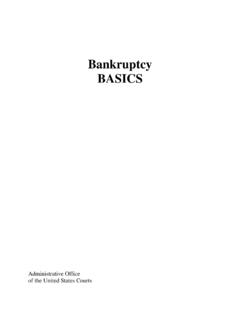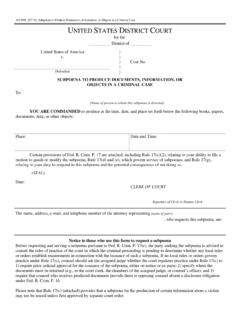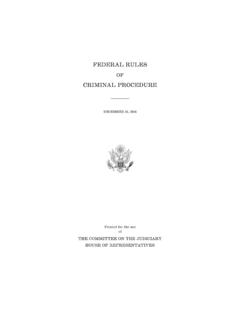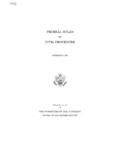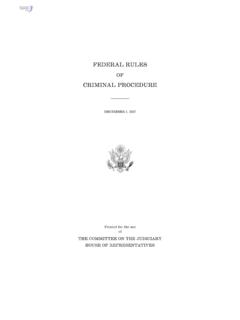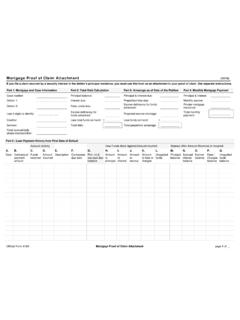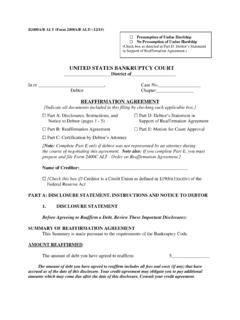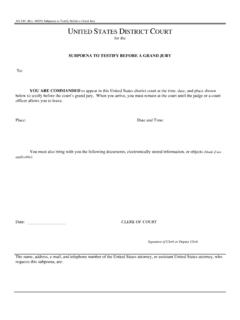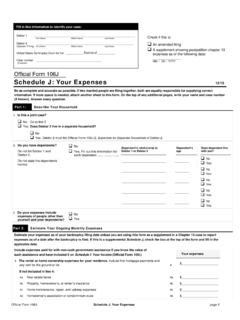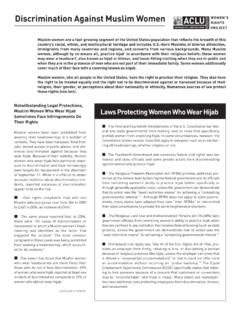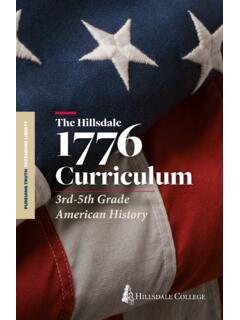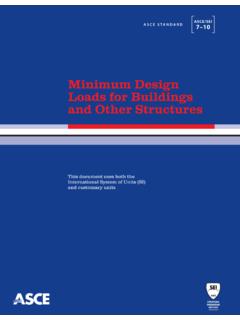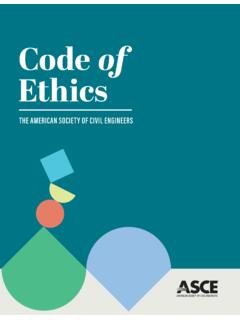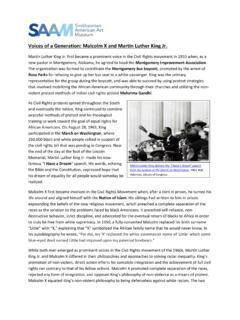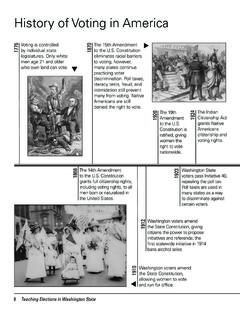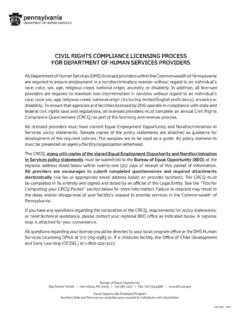Transcription of The Institute for the Advancement of the American Legal …
1 The Institute for the Advancement of the American Legal System at the University of Denver (IAALS) is a national, nonpartisan organization dedicated to improving the process and culture of the judicial system. We provide principled leadership, conduct comprehensive and objective research, and develop innovative and practical solutions all focused on serving the individuals and organizations who rely on the system to clarify rights and resolve disputes. For more information about us please visit our website at Copyright 2009 Institute for the Advancement of the American Legal System. All rights reserved. For reprints or to obtain additional copies, please contact the Institute at the address below. Institute for the Advancement of the American Legal System at the University of Denver 2044 E. Evans Ave., HRTM Building, Suite 307 Denver, CO 80208 (303) 871-6600 Cite as: Institute FOR THE Advancement OF THE American Legal SYSTEM, civil CASE PROCESSING IN THE FEDERAL DISTRICT COURTS (2009) STAFF Rebecca Love Kourlis Executive Director Pamela A.
2 Gagel Assistant Director Jordan M. Singer Director of Research Michael Buchanan Research Analyst Natalie Knowlton Research Clerk Dallas Jamison Director of Marketing and Communications Erin Harvey Manager of Marketing and Communications Abigail McLane Executive Assistant Stephen P. Ehrlich Consultant ii TABLE OF CONTENTS EXECUTIVE SUMMARY AND RECOMMENDATIONS 1 I. INTRODUCTION 11 II. HISTORY AND CONTEXT 14 III. METHODOLOGY 20 IV. FINDINGS 28 A.
3 Statistical Correlations 29 1. The strongest correlations 30 a. Elapsed time to set a trial date 30 b. Elapsed time to file a motion seeking additional discovery 31 c. Elapsed time to file motions to dismiss and motions for summary judgment 34 2. Other correlations 35 B. A Closer Look at Case Processing in Each of the Subject Courts 36 1. Overall characteristics of the cases and subject courts 36 a. Nature of suit 36 b. Overall time to disposition 37 c. Reopened cases 40 2. Scheduling conferences 40 3.
4 Discovery motion practice 43 4. Dispositive motion practice 46 a. Uncontested motions 46 b. Rule 12 motions 47 c.
5 Rule 56 motions 49 5. The value of hearings and oral argument 52 6. Extensions and continuances 54 a. Overview of findings on extensions and continuances 55 b. Extensions to answer the complaint 55 c. Extensions related to discovery 56 d. Extensions to respond to non-discovery motions 57 e.
6 Extensions of a hearing or conference 58 f. Miscellaneous extensions 58 g. Continuances 59 7. Trials 63 8. Settlement 65 a. Court-sponsored or court-ordered ADR 65 b. Scheduling conferences 66 c. Setting early trial dates 67 9.
7 Use of magistrate judges 68 10. A closer look at Arizona and Delaware 70 C. Cultural Factors Affecting Case Processing 72 1. Local Legal culture 73 2. Local Rules and individual judge practices 75 3. Transparency and public reporting 77 4. Judicial leadership 80 V. SUMMARY OBSERVATIONS 84 iii FIGURES Figure 1: Overall Case Length in Days vs. Days Until Trial Date Set 31 Figure 2: Breakdown of All Cases by Nature of Suit 37 Figure 3: Disposition of Cases Based on Timing of Trial Setting 68 TABLES Table 1: Subject Districts Size and 2006 Federal Court Management Rankings 21 Table 2: Number of Cases Logged By District 24 Table 3: Time from Filing to Disposition for Selected Nature of Suit Categories 28 Table 4: Distribution of Cases by Overall Time from Filing to Disposition 38 Table 5: Overall Time from Filing to Disposition for Employment, Other civil Rights and Other Contract Cases 38 Table 6: Overall Time to Disposition All Cases By Court 39 Table 7: Rule 16 Scheduling Conferences and Scheduling Orders 43 Table 8.
8 Motions to Compel, Quash, Issue a Rule 37 Sanction or Strike Discovery Responses 45 Table 9: Rule 12(b) Motions to Dismiss, Rule 12(c) Motions for Judgment on the Pleadings, and Rule 12(f) Motions to Strike 48 Table 10: Case Types in which Rule 56 Motions for Summary Judgment Were Most Commonly Filed 50 Table 11: Rule 56 Motions for Summary Judgment by District 51 Table 12: Hearing Type and Elapsed Time to Resolution for Motions Disputing Discovery 53 Table 13: Hearing Type and Elapsed Time to Resolution for Rule 12 Motions 54 Table 14: Hearing Type and Elapsed Time to Resolution for Rule 56 Motions 54 Table 15: Motions to Extend Time to Answer Complaint, Counterclaims or Crossclaims 56 Table 16: Motions to Extend Deadlines to File or Respond to Discovery Requests 57 Table 17: Motions to Extend Time to File or Respond to Motions Unrelated to Discovery 57 Table 18: Motions to Stay or Continue a Hearing or Conference with the Court 58 Table 19: Other Motions to Extend Time 59 iv Table 20: Motions to Continue Close of Discovery Deadline 61 Table 21: Motions to Continue Dispositive Motion Deadlines 62 Table 22: Motions to Continue Pre-Trial Conferences 62 Table 23.
9 Motions to Continue Trials 63 Table 24: Bench and Jury Trials 64 Table 25: Adherence to Original Trial Settings 64 Table 26: Time to Disposition after Court-Ordered ADR 66 Table 27: Rule 16 Conferences and Cases 67 Table 28: Days from Filing to Ruling on Motions on Disputed Discovery for District and Magistrate Judges 69 Table 29: Overall Case Length when District or Magistrate Judges Rule on Discovery Disputes 69 Table 30: Felony Filings as a Percentage of the Overall Docket for the Subject Districts 2004-2006 71 Table 31: Ruling on Motions Prior to CJRA Deadlines 79 Table 32: Rankings of Subject Courts in Elapsed Time to Complete Major Pretrial Events (Mean Times) 83 APPENDICES Appendix A: Electronic Data Collection Forms 86 Appendix B: Codebook for Selected Data Entry Variables 90 Appendix C.
10 Pearson Correlation Coefficients 95 Appendix D: Discovery, Motions and Trial by Nature of Suit 97 Appendix E: Extensions and Continuances by Nature of Suit 99 Appendix F: Distribution of Cases by Nature of Suit and District 101 Appendix G: Overall Time to Disposition All Cases By Judge 105 Appendix H: Frequency of Discovery-Related Motions 107 v ACKNOWLEDGMENTS Many people and organizations made this report possible. We are grateful to the eight United States District Courts that waived charges for PACER access to their districts, allowing IAALS to collect the data presented here. We are also thankful for the judges and court administrators who took the time to answer questions about their local procedures and processes, and who reviewed the preliminary data, to help us understand the collected information and put it in context.
